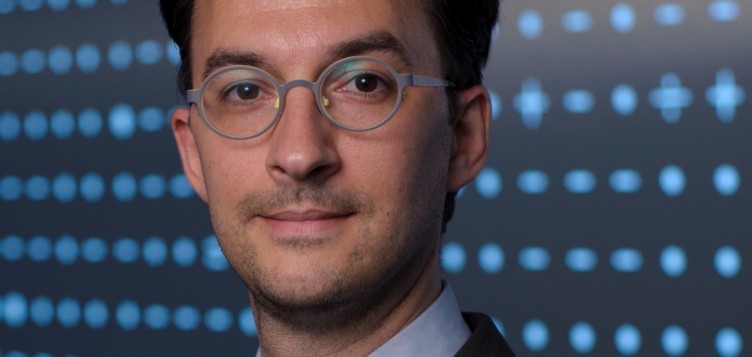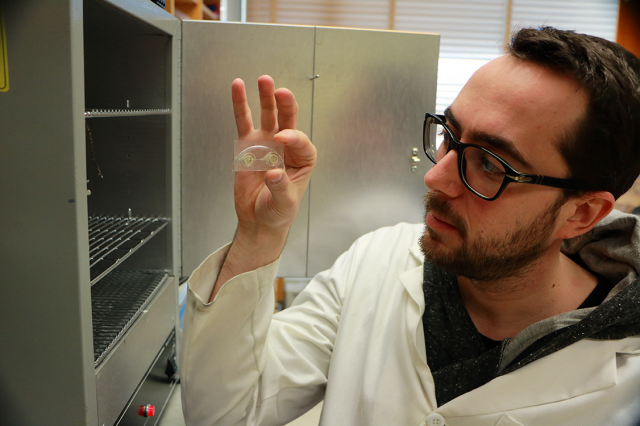Securing Africa’s food supplies: How J-WAFS funding is changing the future of fertilizers in Africa

A research project supported by a J-WAFS Seed Grant in 2017, is making significant progress in understanding the approaches needed to generate potash-independent fertilizers suitable for African soils – a key step in the battle to sustainably meet future food demands across the continent.
Antoine Allanore, Associate Professor of Metallurgy in the Department of Materials Science and Engineering at MIT, (pictured above) has spent the last six years attempting to find alternative fertilizer materials that are more suitable to southern-hemisphere environments. Traditional potassium solutions are mainly generated in Canada, Russia and Belarus, and are both expensive to transport and less effective in fulfilling the soil nutrient needs of southern hemisphere soils.
The 2017 J-WAFS funding allowed Prof. Allanore and his research partner Davide Ciceri to assess the fertilizing potential of new materials.

Their testing started on tomatoes, one of the world’s most consumed vegetables, after a partnership with Professor Allen Barker at the University of Massachusetts Amherst secured greenhouse space and agronomy expertise.
Prof. Allanore admits:
“That was an extremely important step for our research. The J-WAFS funding gave us the freedom to enter into this collaboration with the University of Massachusetts at Amherst. And, unlike what happens with corporate sponsorship research agreements, in this case we all had open access to the data.”

After many years of work, Prof. Allanore and Dr. Ciceri, have recently seen their findings published in the Science of the Total Environment journal. Their paper, “Local fertilizers to achieve food self-sufficiency in Africa”, details their recommended future research directions for material scientists looking to develop a “new generation of local and affordable fertilizers” for Africa.
Prof. Allanore said: “Unfortunately, farming is not a very profitable field. They make so little compared to those who work in trade or food processing and marketing, which, as a result, have received a lot of investment and attention. Because of this lack of research investment, we know very little about what happens to some of the elements that we’re putting in the soil.”

While their paper was geared toward materials scientists, Prof. Allanore recognizes that what is needed is an interdisciplinary approach.
“We are about to know the full genome of humans, but we don’t yet know how a crop uptakes nutrients,” he says.
However, thanks to support of the J-WAFS seed grant, and the pioneering work of Prof. Allanore, Dr. Ciceri, Prof. Barker and Thomas Close, another member of the MIT team involved in this research, Africa is now one step closer to being able to fulfil one of the United Nations’ Security Development Goals – “to end hunger, achieve food security and improved nutrition, and promote sustainable agriculture”.


 Added to press kit
Added to press kit


